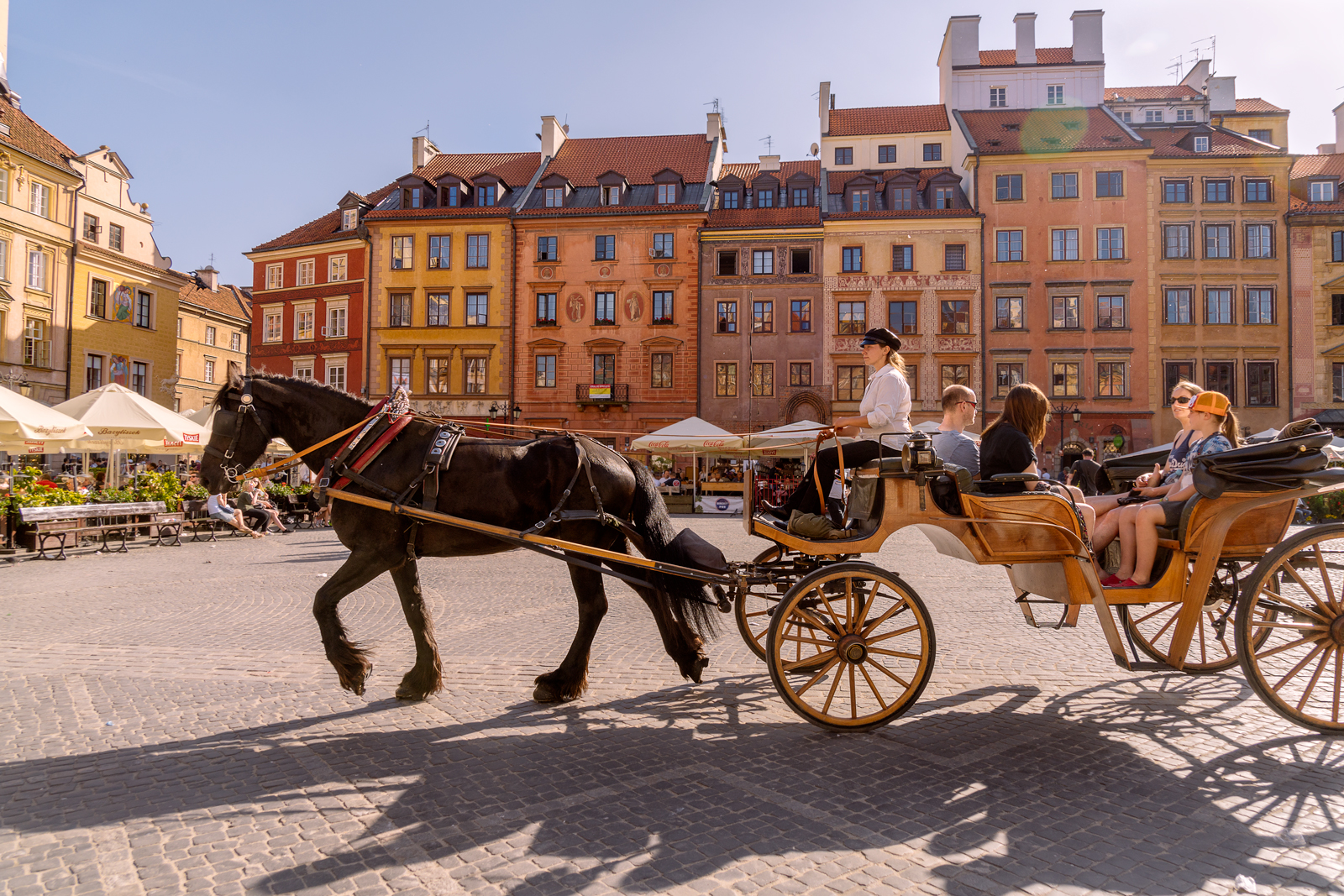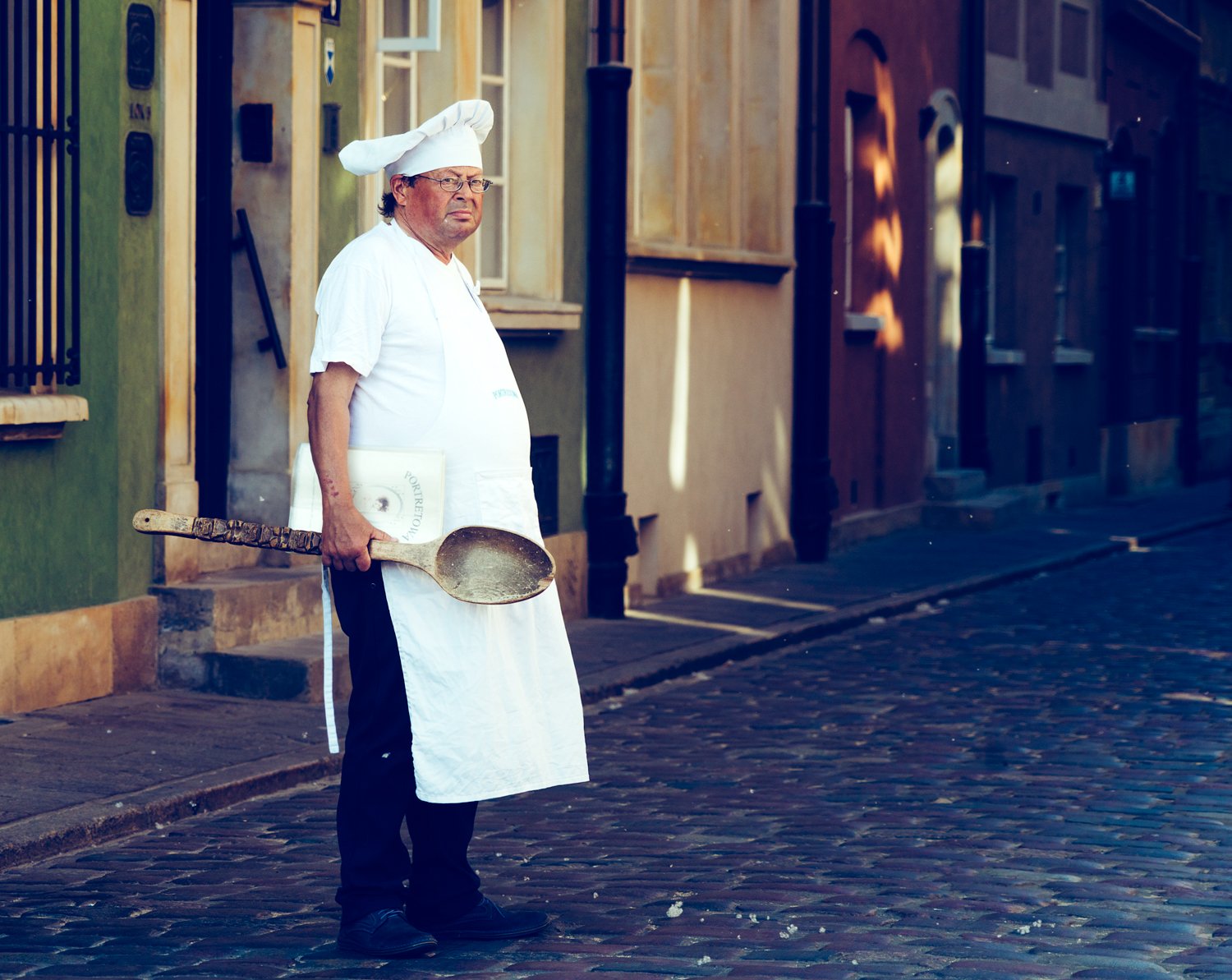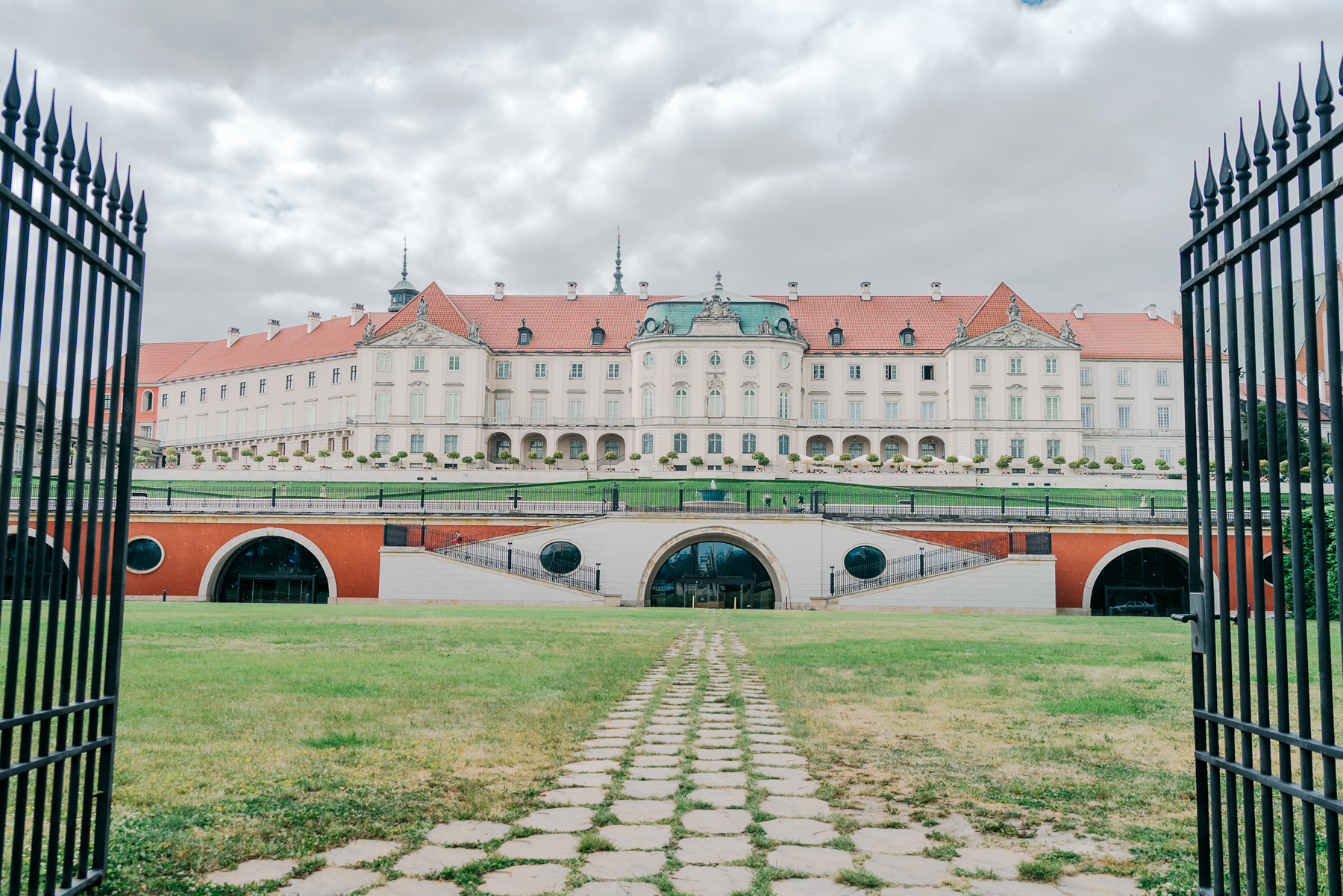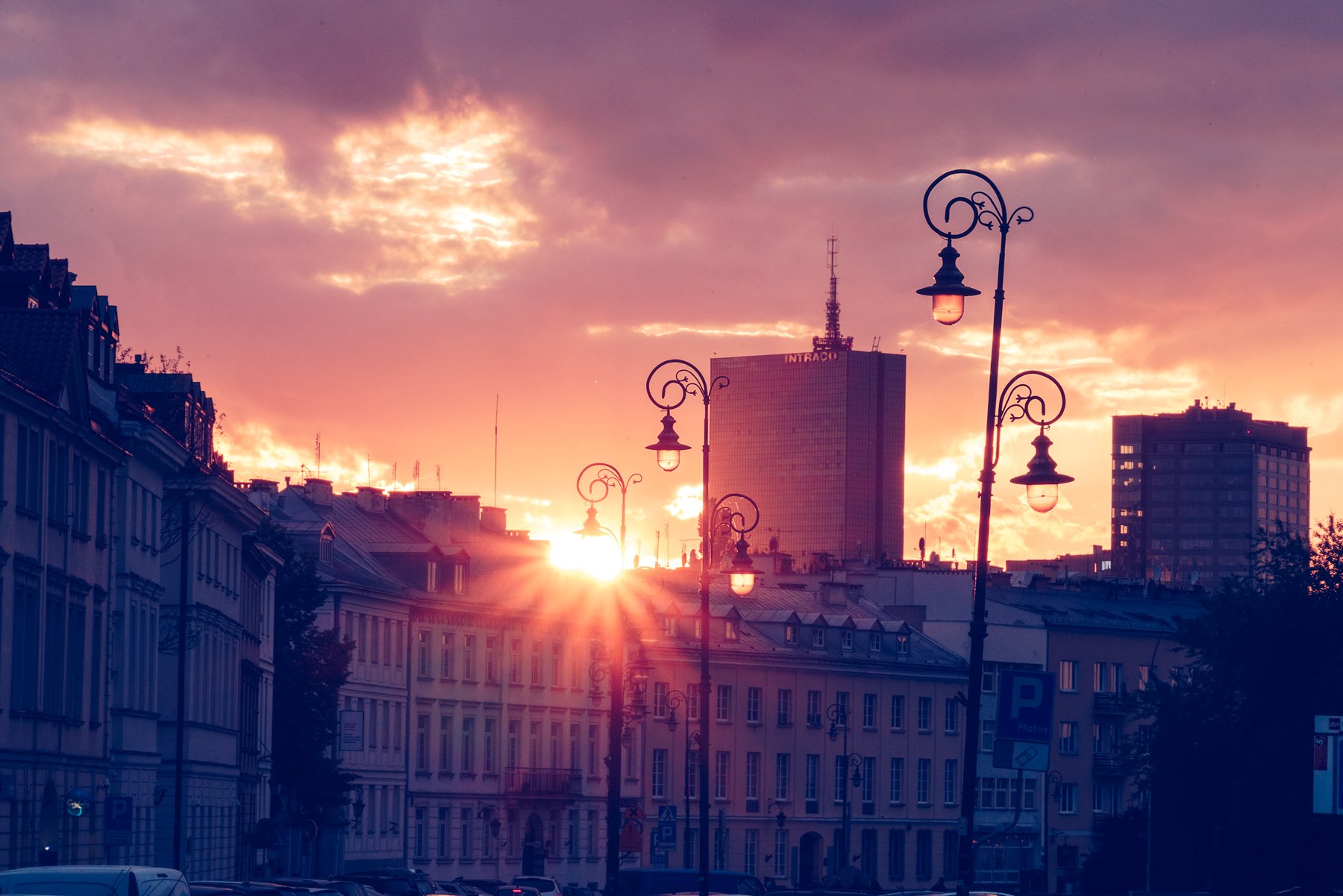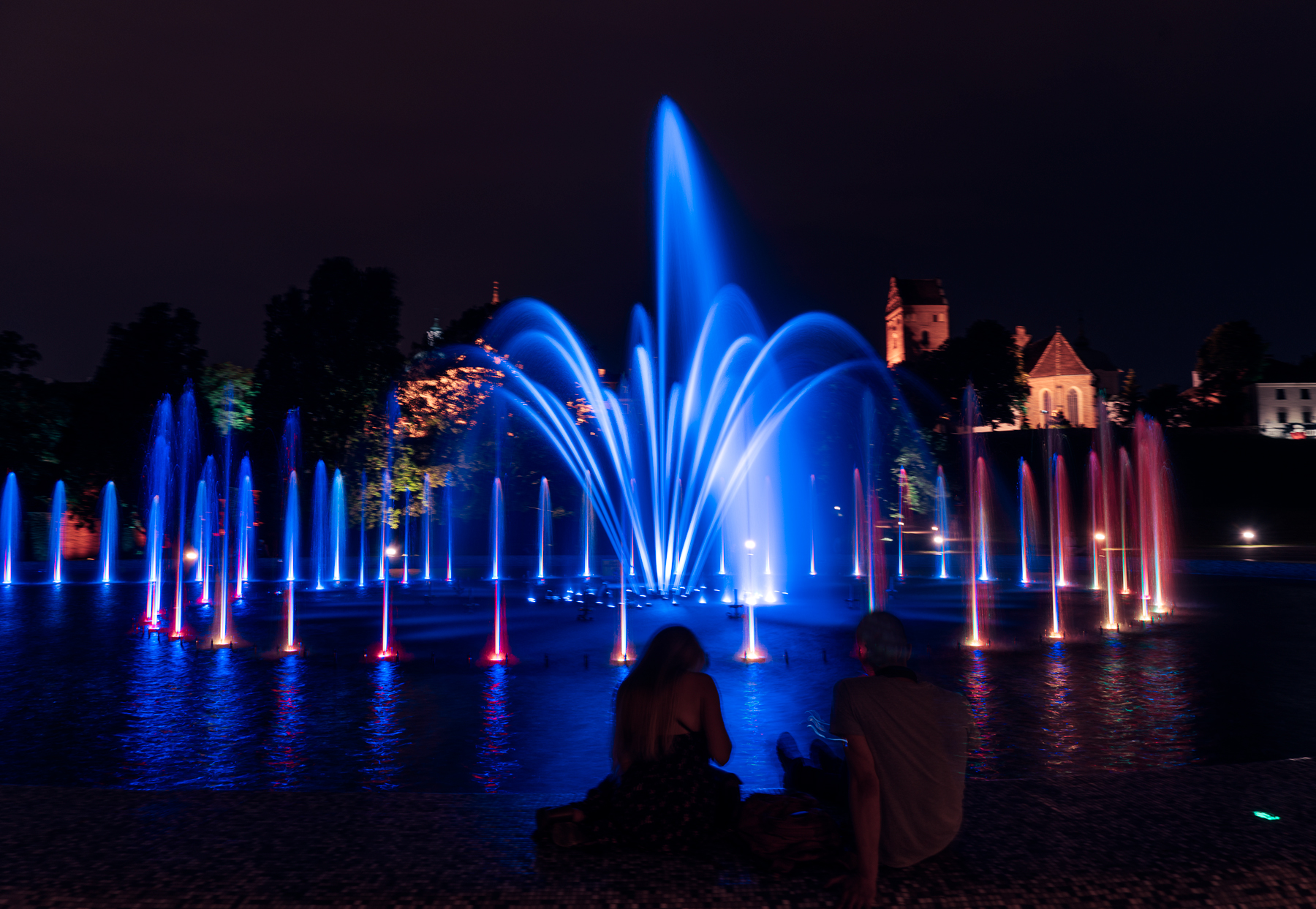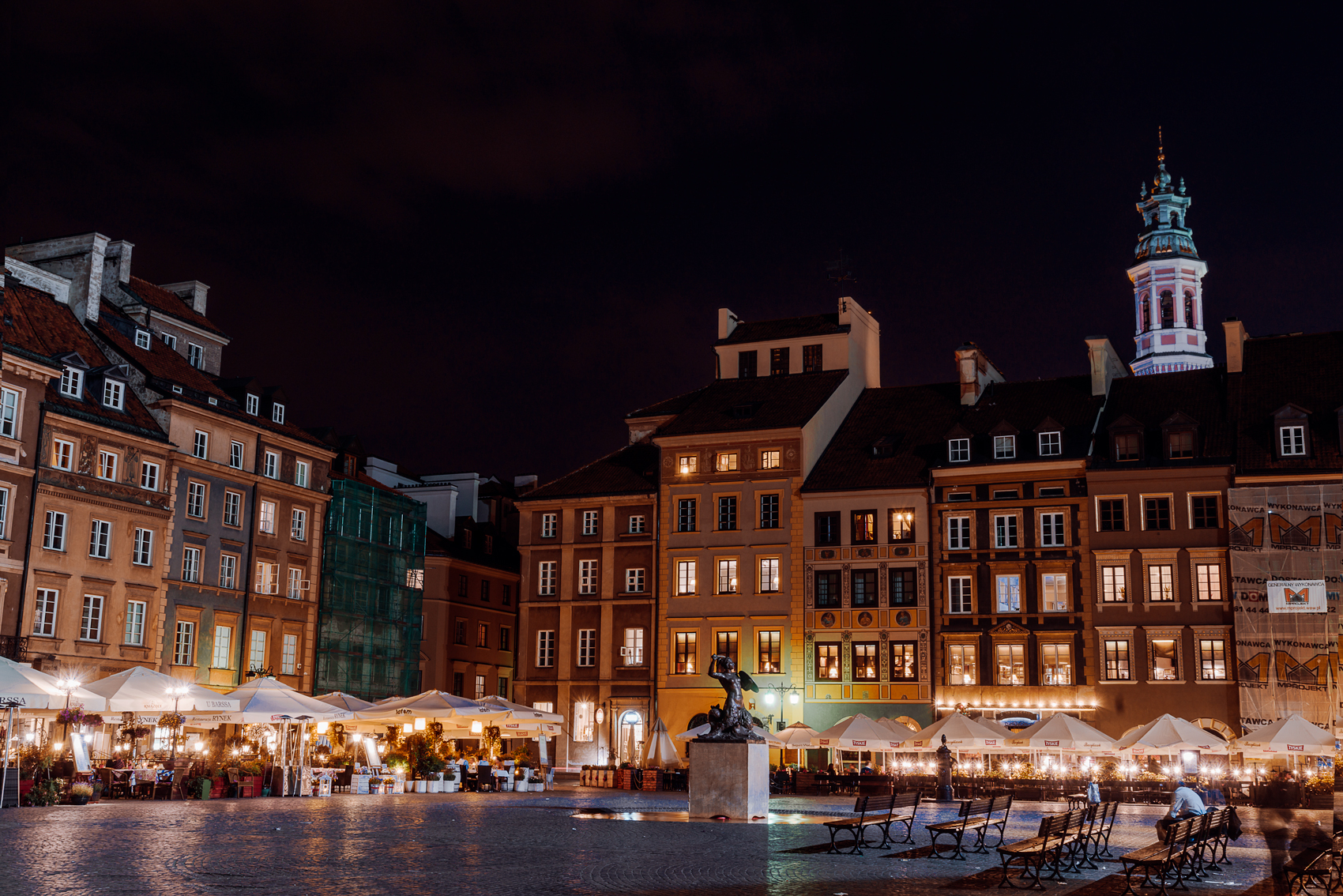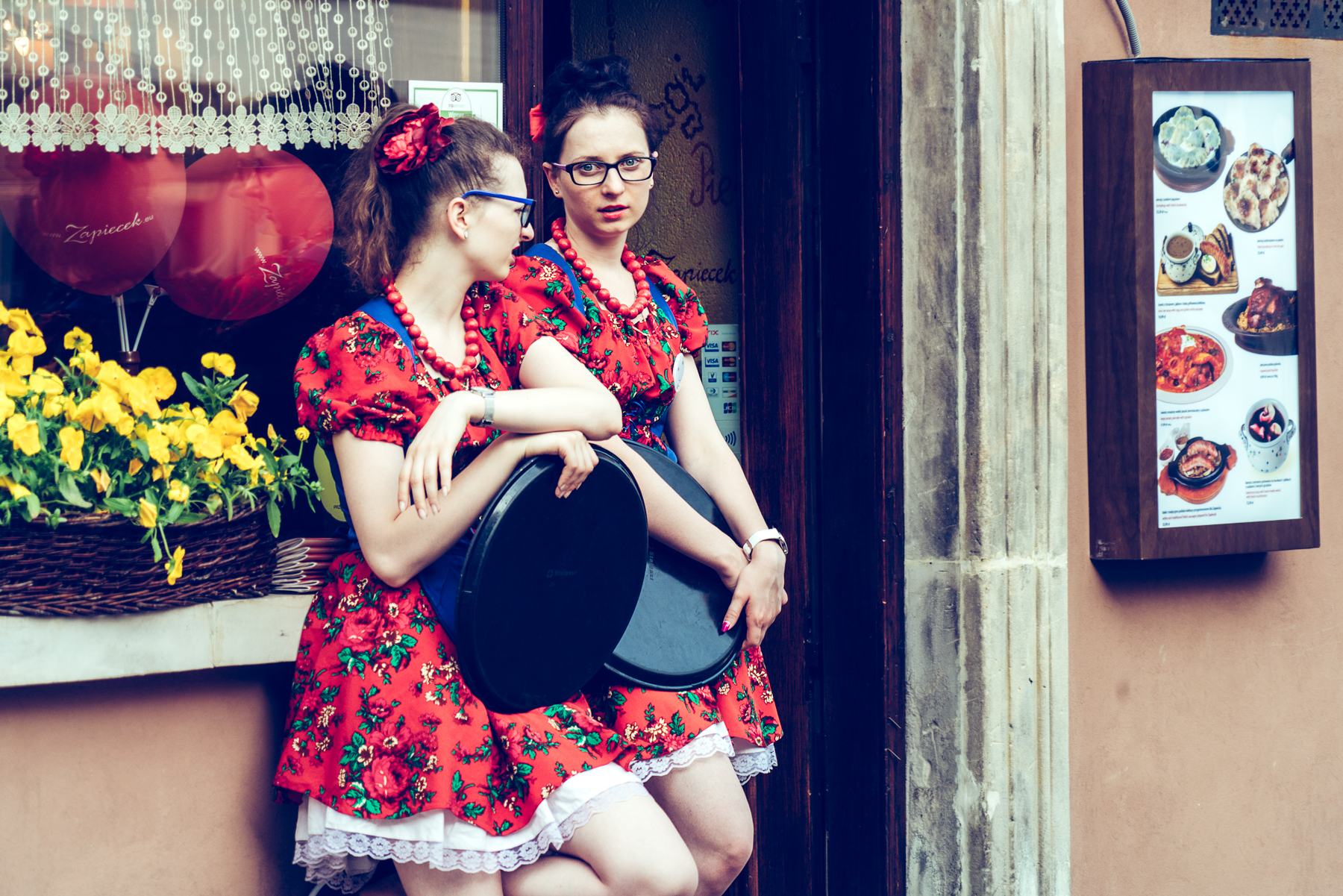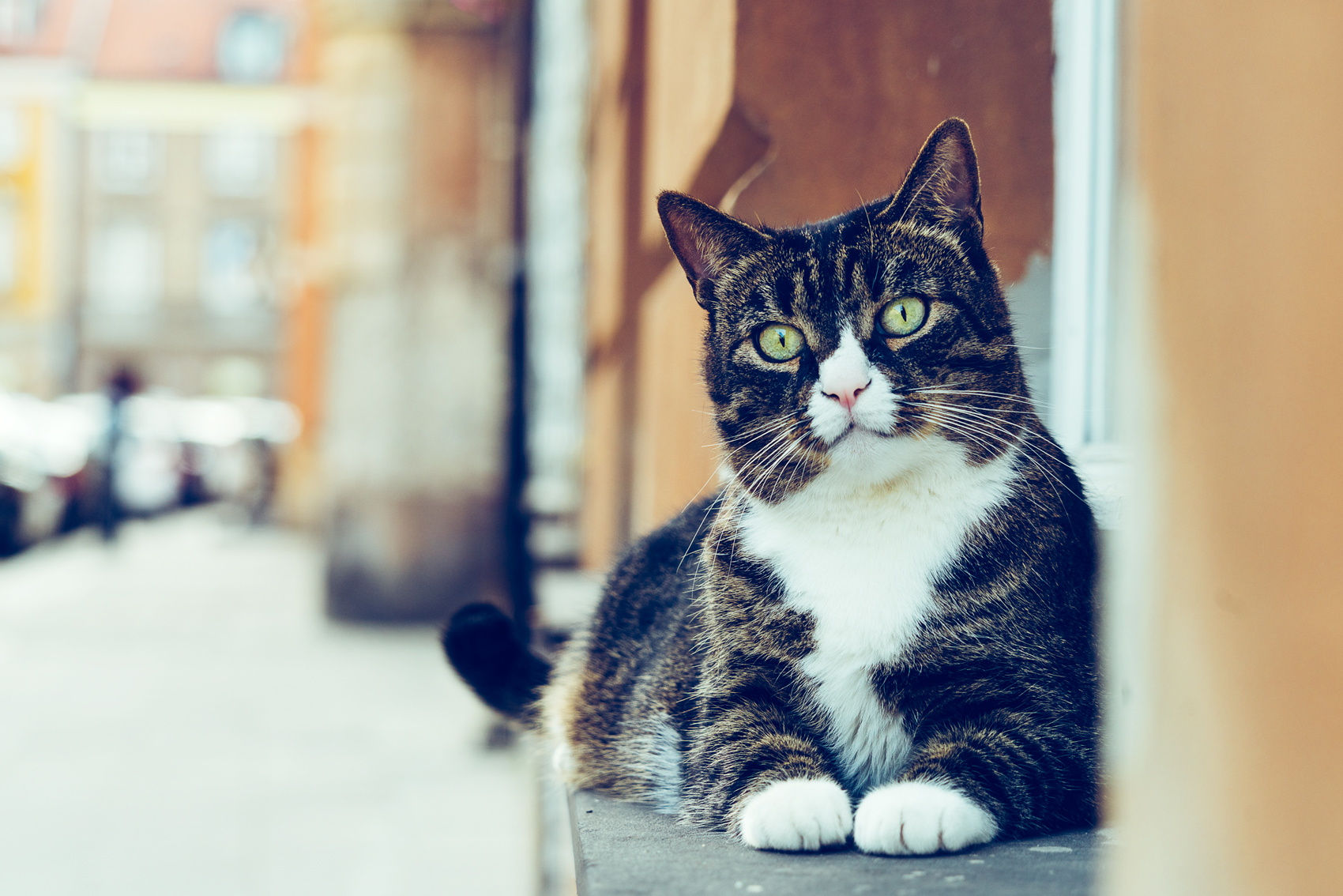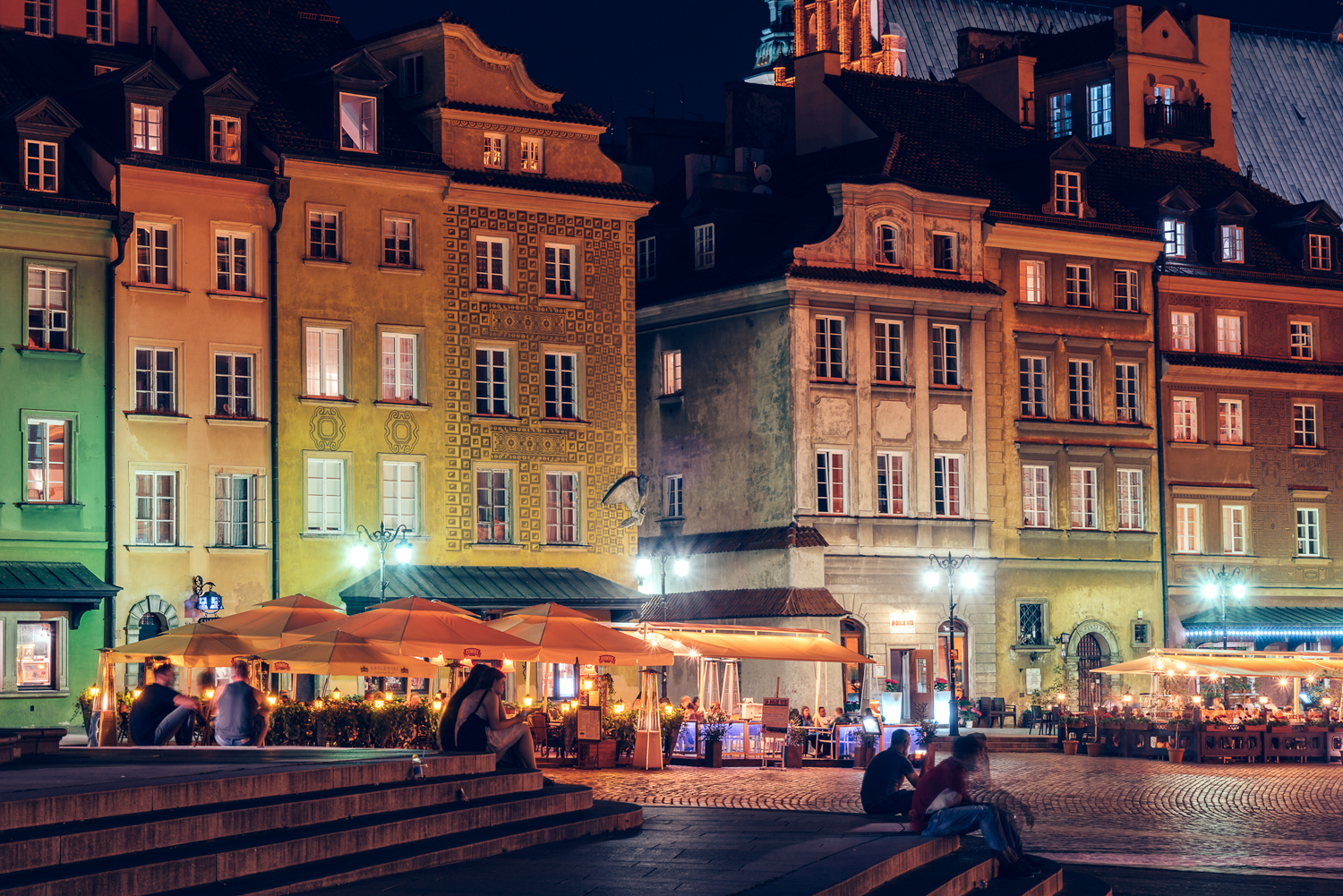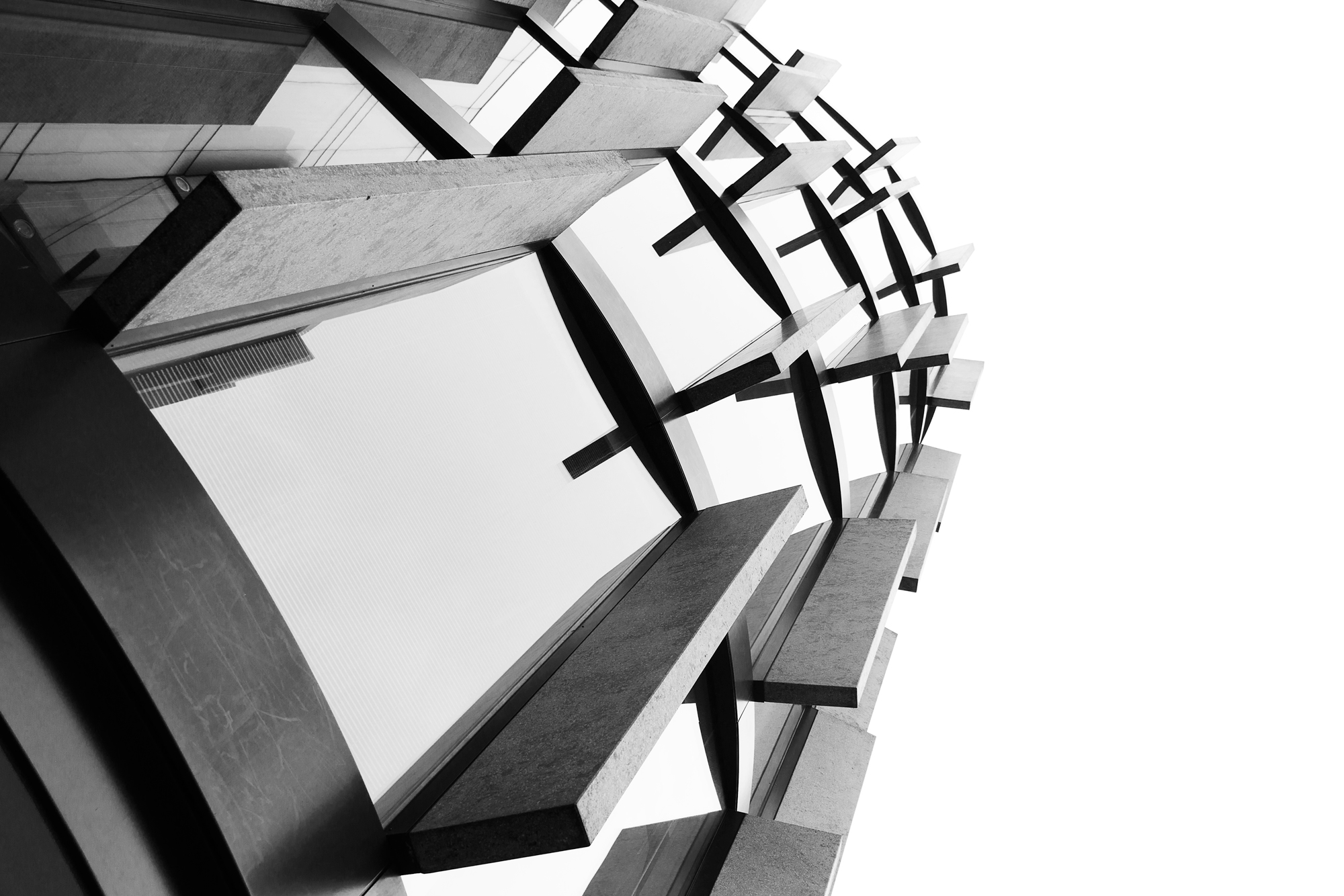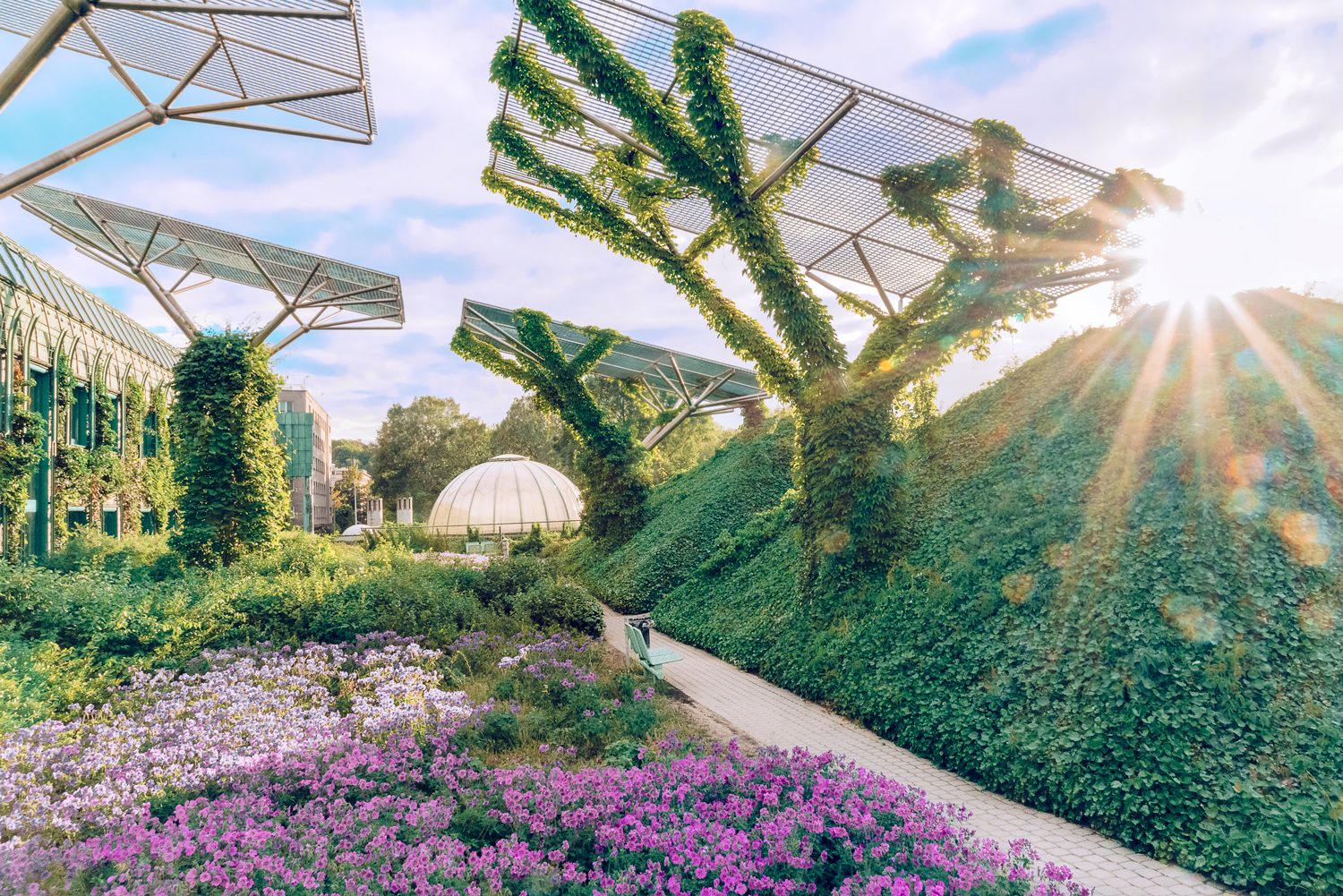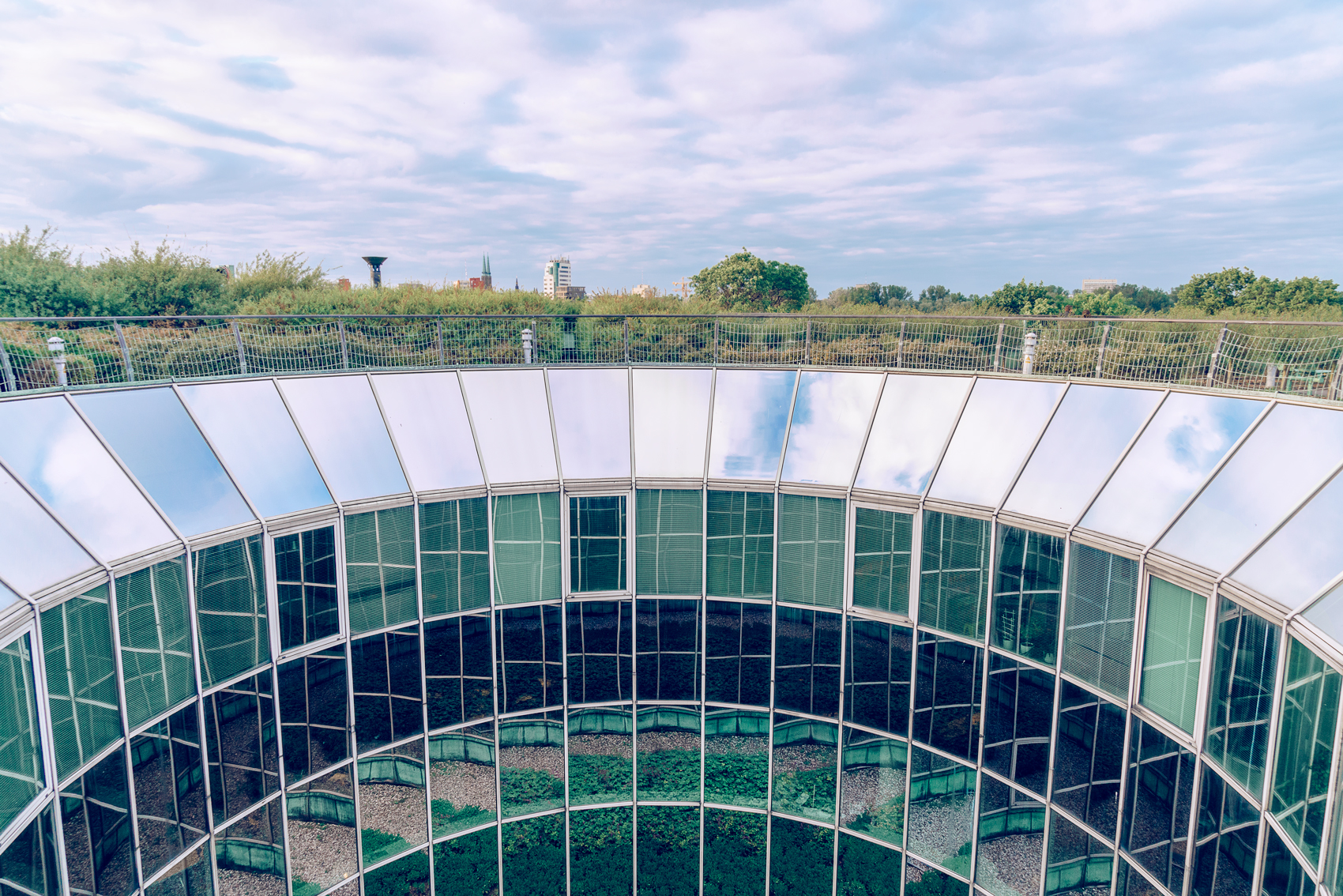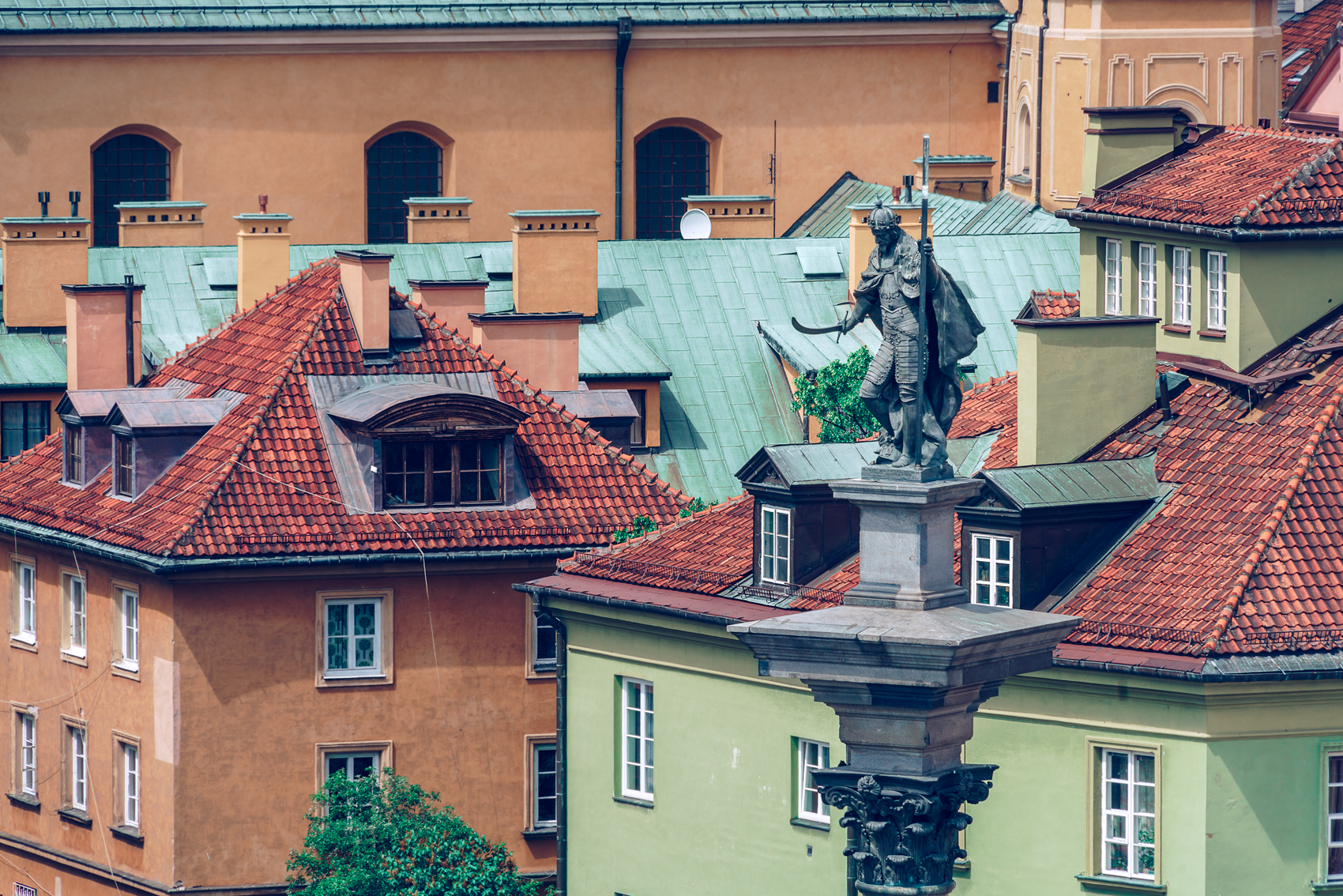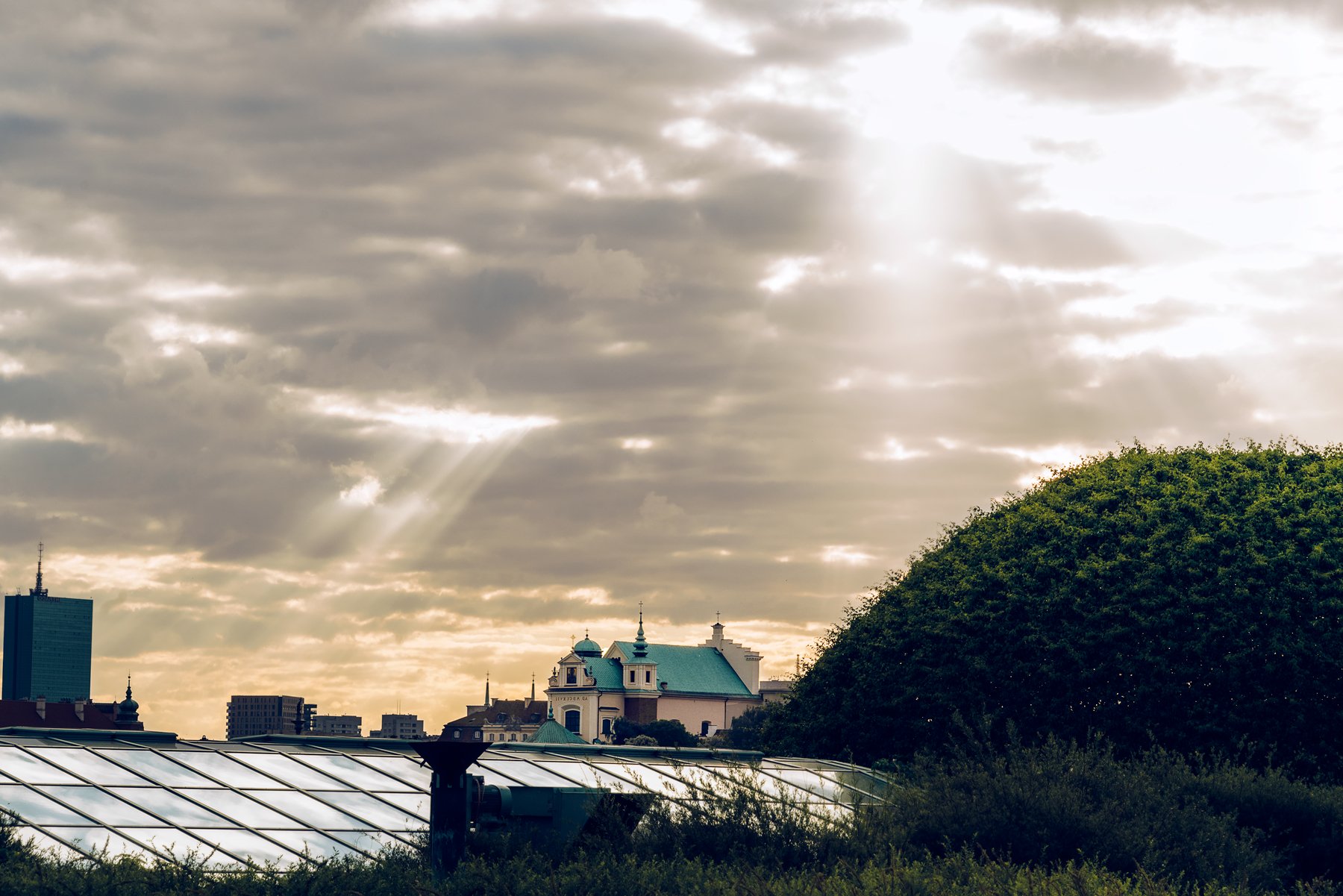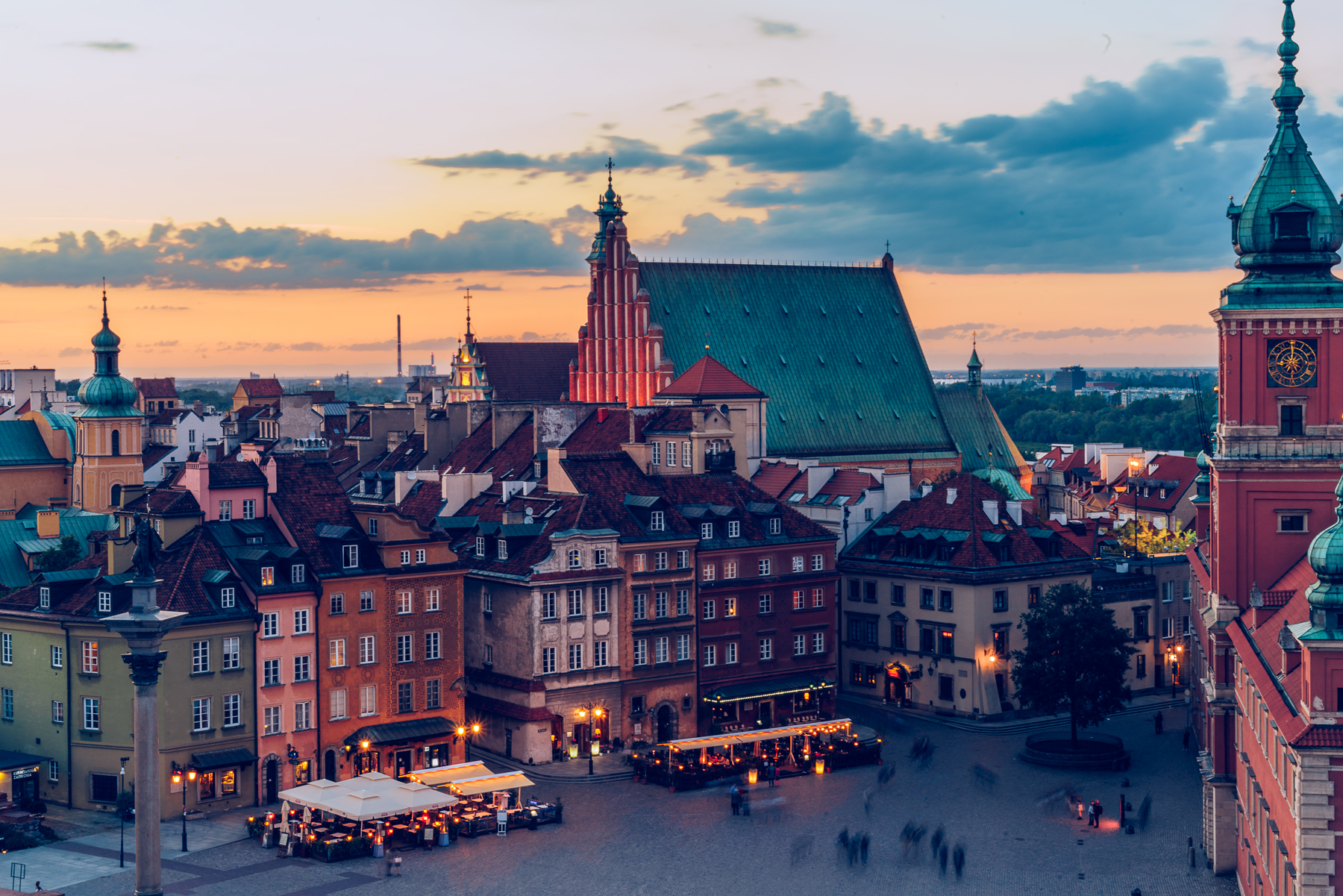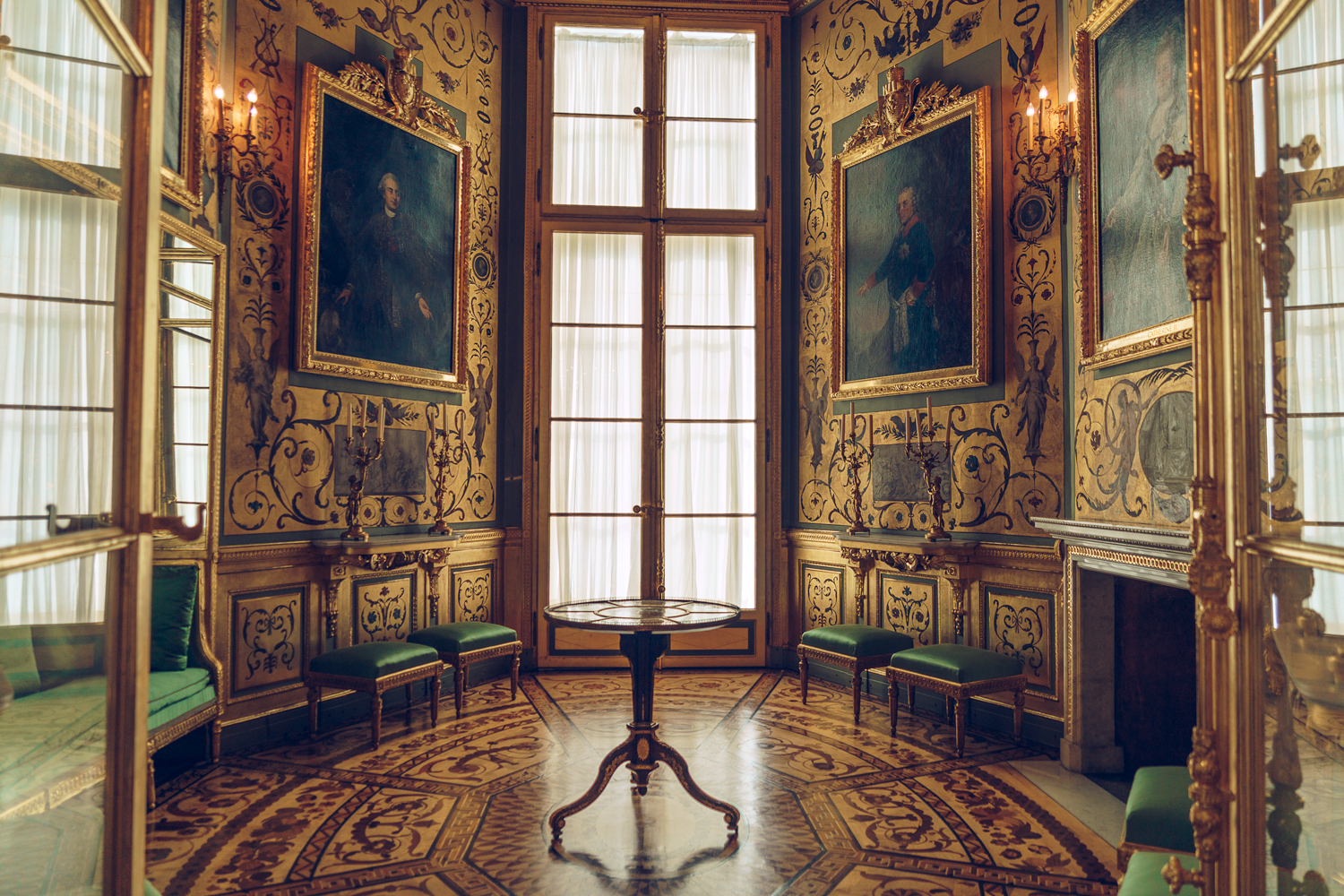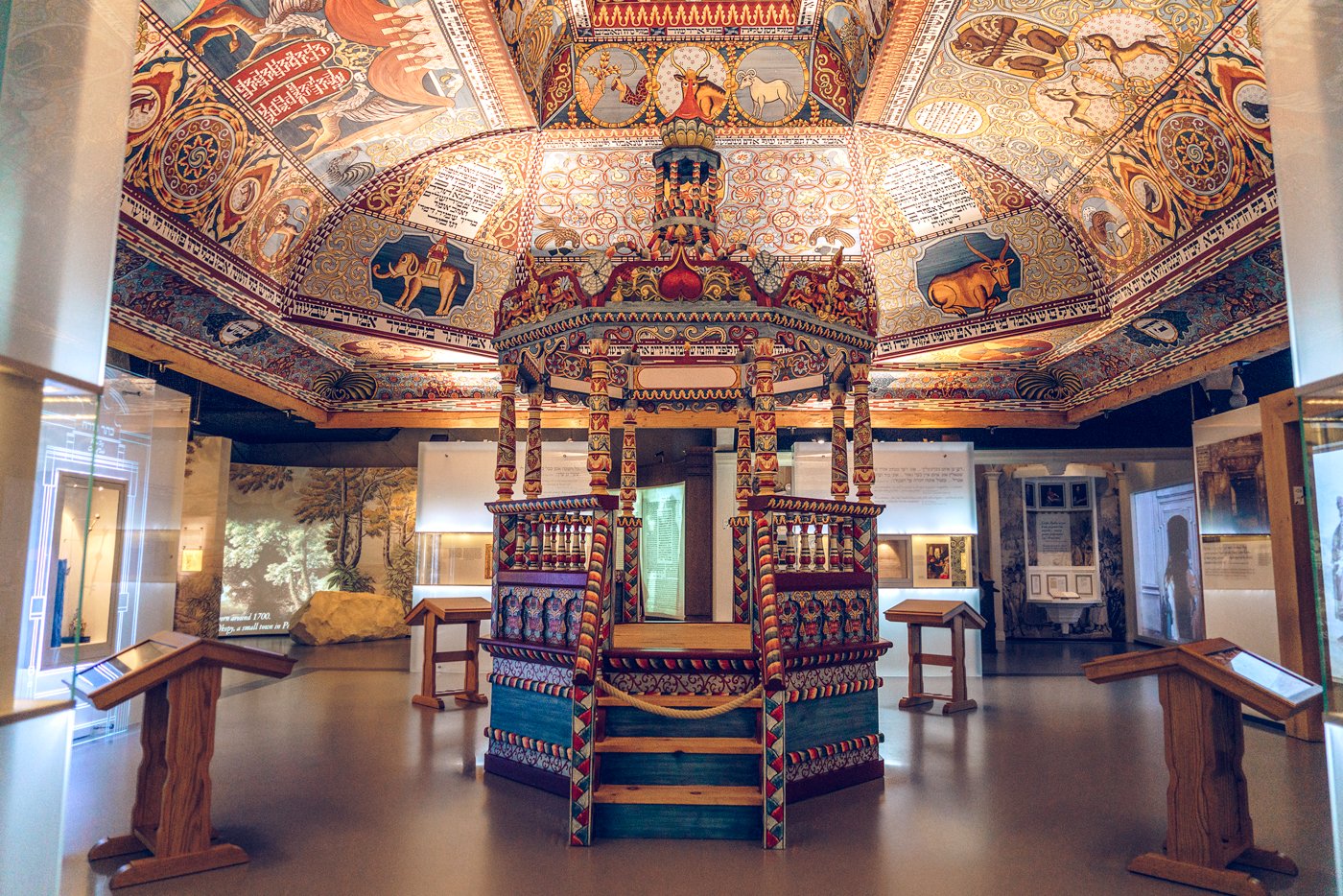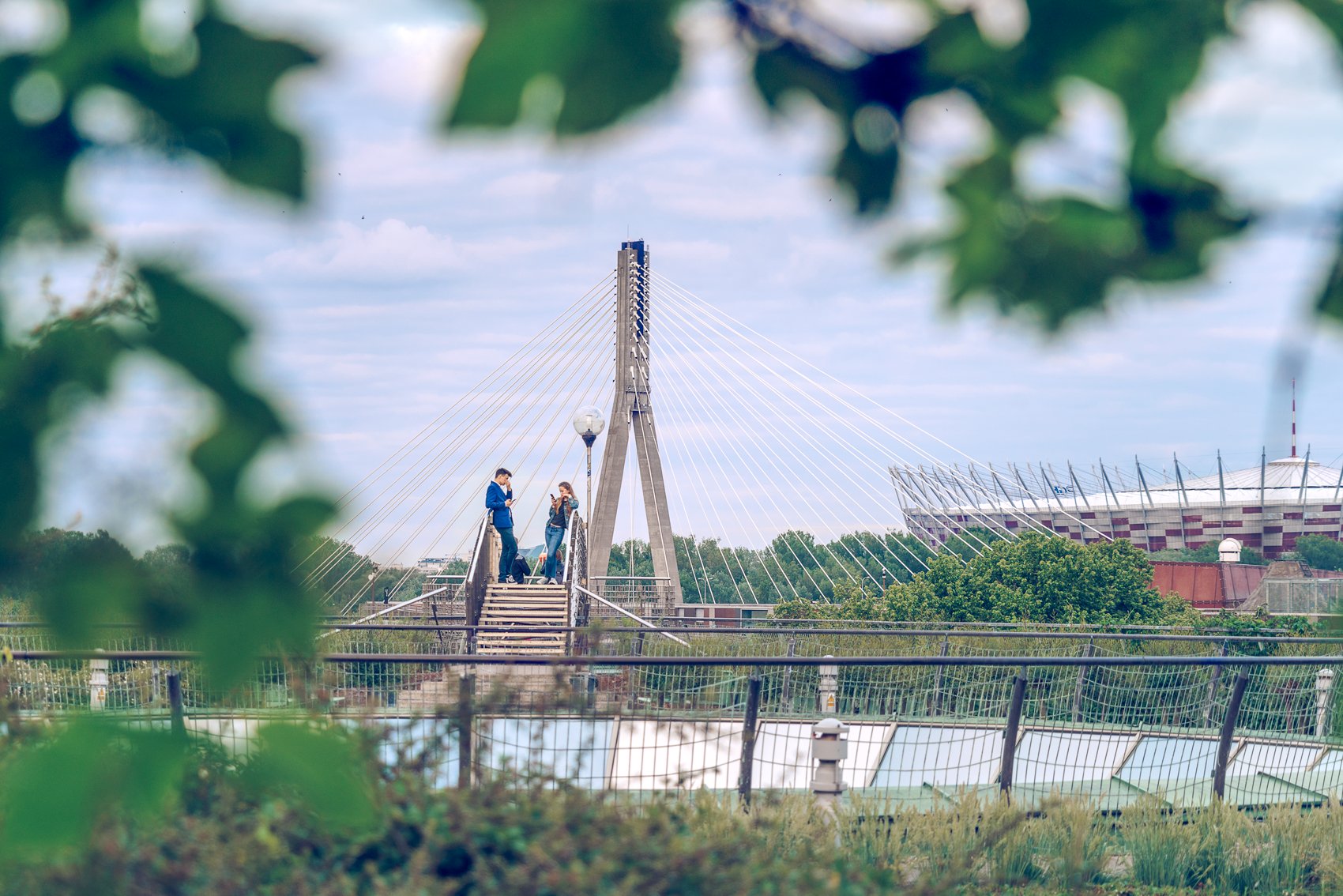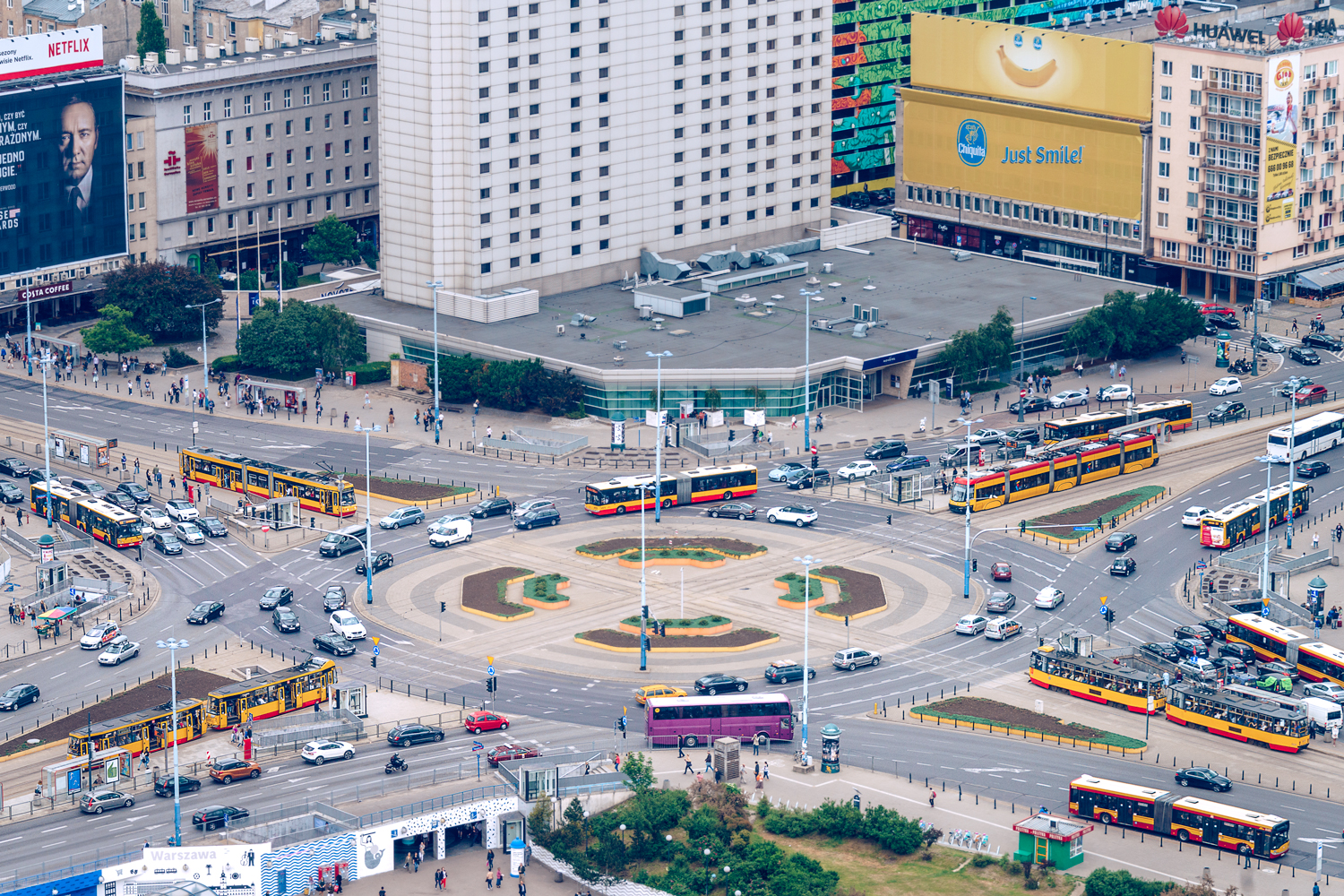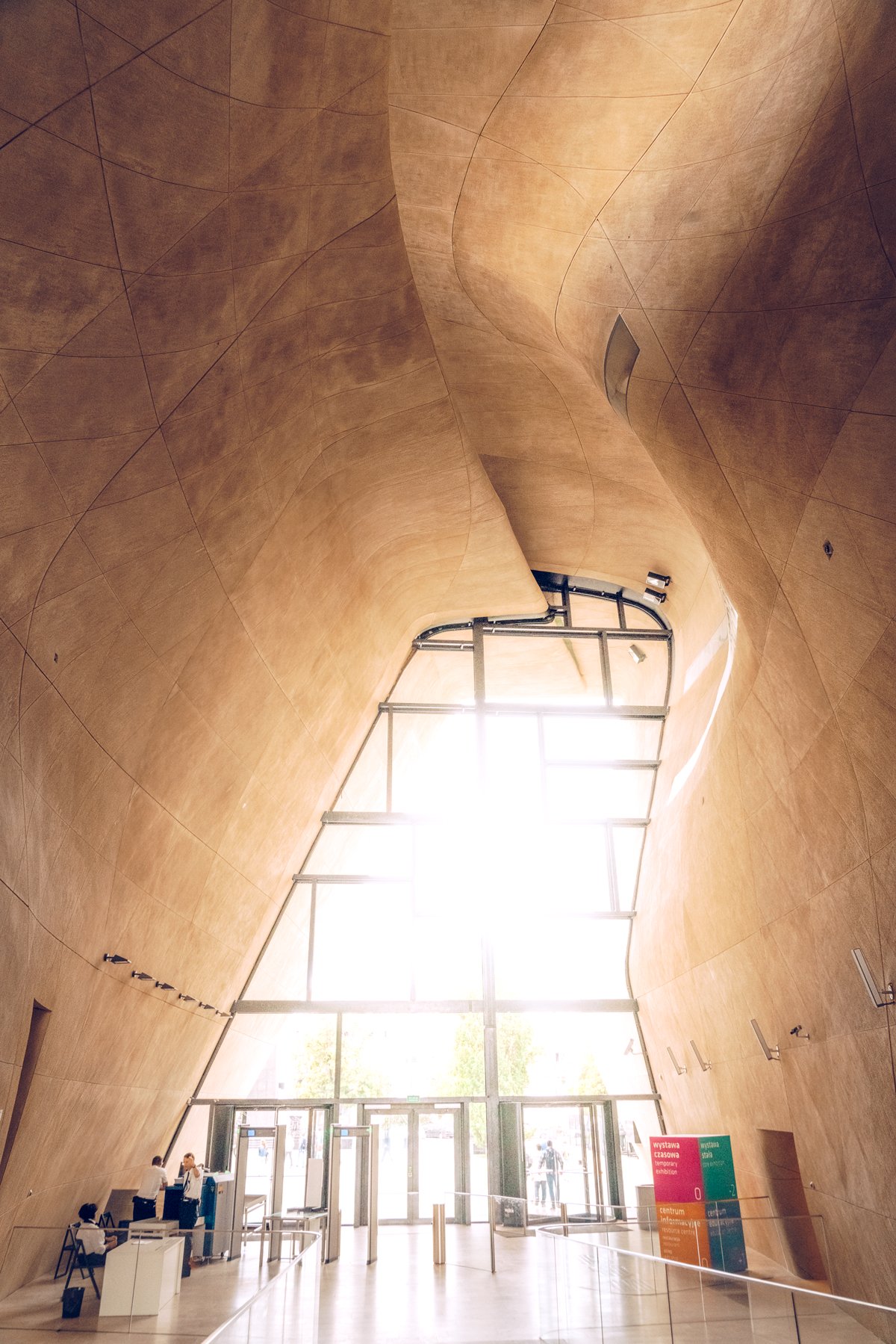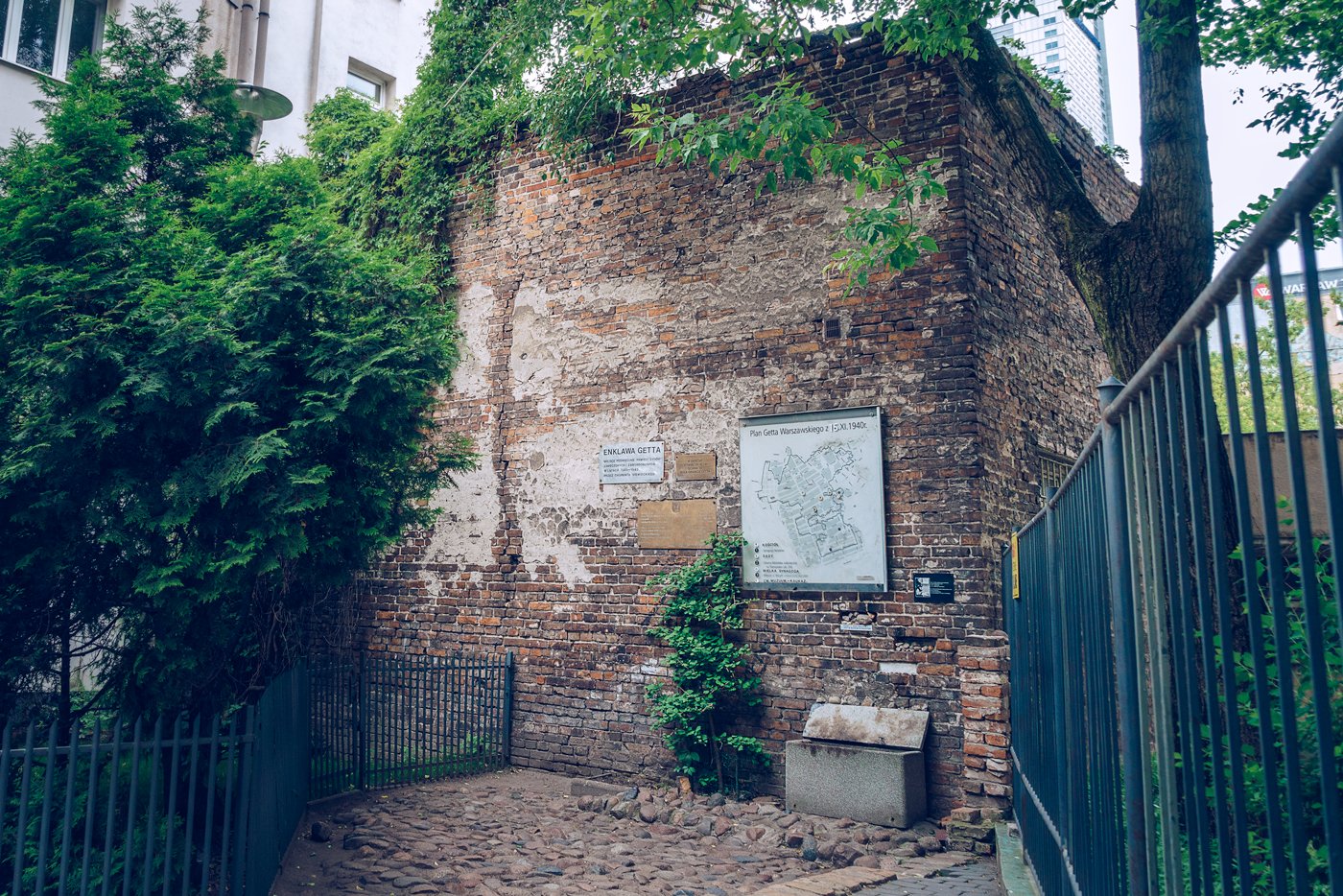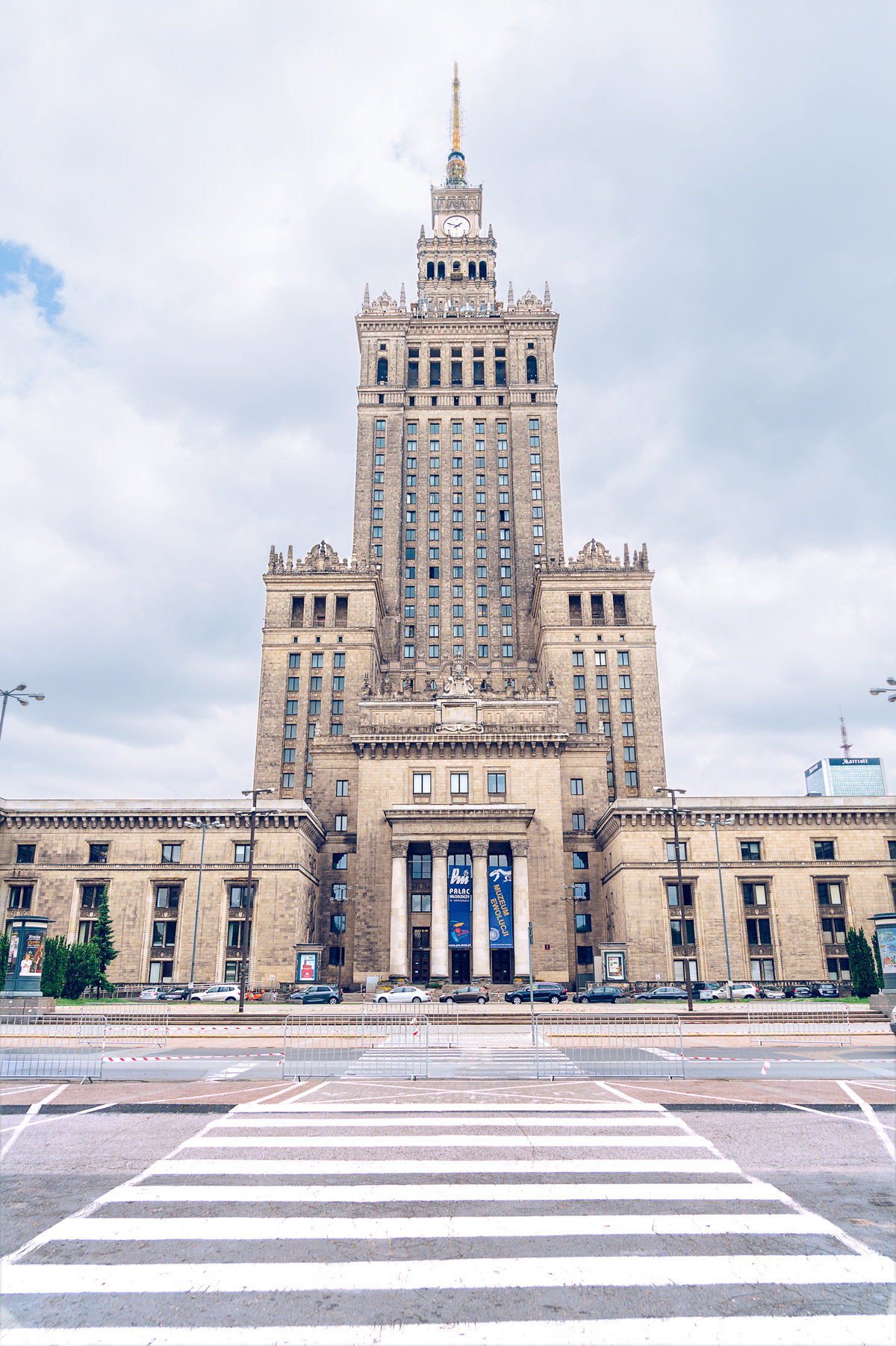Weekend in Warsaw, Poland
What can you see in three days in Warsaw? Turned out quite a lot of beautiful things.
When you travel from the USA to Ukraine, it always makes sense to make a stopover on your way to the mother country. I doubt if I would ever try to travel to Warsaw, but if there is a good opportunity, then why not?
So, Warsaw. It is a beautiful city, which also serves as the capital of the Republic of Poland. The Warsaw old town with its market square and narrow cobblestone streets is a typical example of the European medieval architecture. Unfortunately, the entire old town is actually a modern replica: Warsaw was literally burned down to ashes during the suppression of desperate (some call it controversial) Warsaw uprising in 1944.
Of course, Warsaw was also the home to infamous Warsaw ghetto: this city witnessed its horrible days and the fearless uprising that unsuccessfully attempted to avert the inevitable destruction of the Ghetto. Since the Ghetto was completely destroyed by Nazis, there are only a few strips of Ghetto walls and old buildings that survived till now. However, if you would leave the walls of Old Town, go to the other bank of Vistula River, and walk through Praga district (and BTW this Praga has nothing to do with the capital of Czech Republic), you will face quarters of Warsaw Ghetto as they can be seen in Roman Polanski’s the Pianist movie. Polanski decided to use actual quarters of Warsaw as the setting for shooting his Oscar-awarded movie and since buildings in this neighborhood date back to the beginning of 20th century and not-very-well maintained, it was definitely a very wise decision.
One may see Warsaw as a city-monument to the complicated history of Polish statehood. The Royal Castle that remembers the glory of Kingdom of Poland and Polish–Lithuanian Commonwealth. Orthodox churches built by Russians during their ruling in 18th-20th centuries. Buildings where first governments of independent Poland were conducting their meetings. A huge, Moscow State University like, Palace of Culture and Science that is considered to be comrade Stalin’s gift to polish people. And, finally, its skyscrapers and modern architecture.
Warsaw is a tourist friendly city, most of its restaurants, supermarkets, cabs, and museums accept credit cards. There are numerous free guided walking tours that start from Sigismund’s Column which is located on the square next to the Royal Castle. As for the places to visit, I can only recommend those that have been visited and appreciated by us, namely:
* You can make beautiful pictures of the Old Town from the top of St Anne’s Bell Tower
* Pictures taken from the top of the Palace of Culture and Science give the panoramic view of modern Warsaw
* POLIN, Museum of the History of Polish Jews is a very technological and modern (in the good sense of this word!) museum. Some of its messages are a bit controversial, while the exposition itself is very cool
* The Royal Castle is a nice art museum with lots of paintings that hang in reconstructed historical interiors
* The rooftop garden of University’s library and the library itself are impressive examples of contemporary architecture
I encourage you to spend some time in this city, breathe aromas of its pavements and buildings, remember the fallen and think about the modern times through the prism of the history of 20th century.

